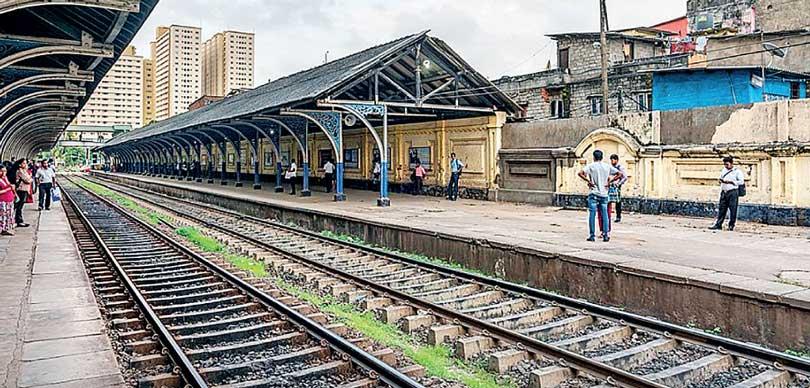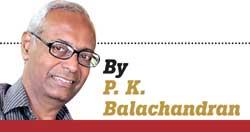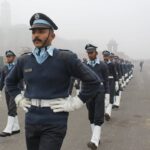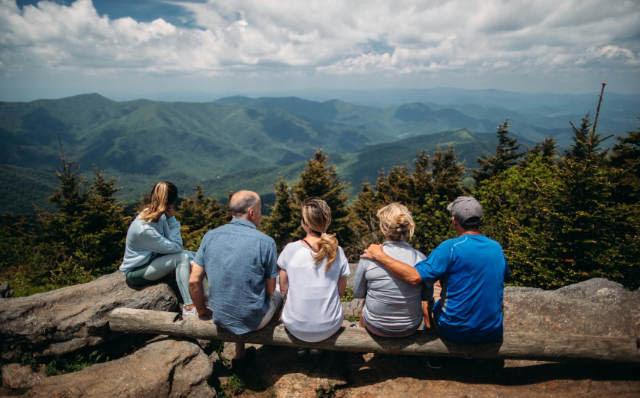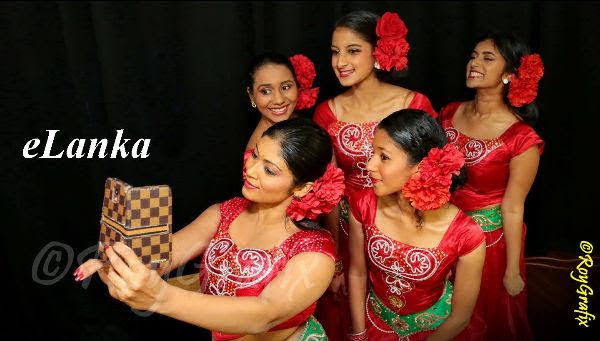Doing justice to Slave Island- by P.K Balachandran
Source:Dailymirror
“THE VICTORIAN STYLE SLAVE ISLAND RAILWAY STATION”
Last week, Prime Minister Dinesh Gunawardena ordered the authorities to officially rename “Slave Island” as “Kompagngna Veediya”. Though already known as Kompanna Veediya, a formal change was considered appropriate as Sri Lanka is celebrating the 75th anniversary of its independence from colonial rule. The term Slave Island was a relic of Portuguese rule (1597 to 1658) when the area housed black African slaves called Kaffirs whom the Portuguese brought from Mozambique.
The change of name also helps recognize Slave Island’s multifaceted history and character. It did begin as an abode of slaves, but during Dutch rule (1658-1796), it had ceased to be so, asserts historian Prof. B.A. Hussainmiya. “It was populated largely by Malay soldiers who were recruited by the Dutch to defend their possessions in Ceylon,” he said. Slave Island housed the famed Ceylon Rifle Regiment, the precursor of the Ceylon Army. It also housed Ceylon’s first botanical gardens named “Kew” Gardens after the original in England. The banks of the Beira Lake were cherished picnic spots in British times, and later, the area became a bustling commercial centre due to its proximity to the Colombo port.
Slave Island might have been an island at some point, but for the most part, it was a peninsula jutting into what is now Beira Lake, which was very much larger than it is today. Asiff Hussein, author of The Great Days of Colombo quotes James Selkirk, author of Recollections of Ceylon (1844) as saying that the place was used by the Dutch to keep their slaves. Alan Walters, writing in 1892, said that the slave connection could be traced to the murder of a Dutch dignitary and his wife living in the fort by a Kaffir slave. Following this horrific mid-night episode, the Dutch decided to ferry all the Kaffirs to the Island in the Beira Lake in the night and ferry them back to the fort at daybreak. And to prevent the slaves from escaping from the island they also put crocodiles in the lake.
As for the origin of the term Kompanna Veediya, there are various theories. It stems from its association with the Dutch East India Company (Verenigde Oostindische Compagnie or VOC) that used the area to quarter its Malay soldiers brought from Java (Indonesia). Kaffirs and Indians who served as soldiers were also quartered there. There is another theory that says that the term Kompanna comes from the Malay word “Kampong” meaning “village”. And according to the Colombo Cold Stores’ website, the term Kompanna Veediya emanated from its predecessor, the Colombo Ice Company, that was set up in 1860 by a German engineer.
The over-crowded and untidy Slave Island of today was Sri Lanka’s first botanical gardens named after Kew gardens in Britain. But due to the problem of flooding the garden was shifted to Kalutara and finally to Peradeniya near Kandy. The garden area was taken by the Ceylon Rifle Regiment (CRR) raised by the British. Dr. Husseinmiya says that in its heydays, the CRR had 16 Malay battalions and two each of Indian Sepoys and Kaffirs. The Malay battalions were the first native troops in Ceylon to be issued rifles. Currently, the CRR’s imposing headquarters houses the defense services school.
In his book Orang Regimen: The Malays of the Ceylon Rifle Regiment Prof. Hussainmiya says that Malays were recruited by both the Dutch and British because they were exceptionally warlike. An 1805 manuscript of British observer Robert Percival describes the Malays thus: “They are all bold and warlike and prepared for the most desperate enterprises; they hear the commands of their superiors with the most profound reverence, and yield implicit obedience to their most rigorous orders.”
Like the Gurkhas of Nepal, once the Malays took out their knives called Kris, they would not put it back without blood on its blade. Rifleman in the CRR carried a kris knife also because they were experts in personal combat.
When the Malays were incensed, they would go around killing people crying “amok amok”, a cry that got into the English language as “running amuck” Dr. Husseinmia points out. The Dutch tacked the problem of Malays running amuck by “excruciating torments.” But the British found that the Malays were running amuck primarily because of the manifest injustice meted out to them by the Dutch. So, the British let the Malays be disciplined by their own Malay commanders, who were often from the respected Malay Princely families.
The Malays proved to be better and more reliable than the Sinhalese, the South Indian Sepoys and the African Kaffirs, says Dr.Husseinmiya. The Malays took part in all the battles waged by the Dutch against the Portuguese and helped take Colombo, Galle, Batticaloa, Trincomalee, and Jaffna. When the British challenged the Dutch in 1795-96, they found that only the Malay troops were fighting hard. The British decided to recruit them when they took over the Maritime Provinces. The Malays proved very useful in the wars against Kandy because they were able to match the Kandyan guerillas in jungle warfare and close combat. And when the British in Madras (present Chennai) had to fight the Polygar rebels (like Kattabomman), Malay troops were sent to subdue them.
But for all their sacrifices for the British, the Malay troops lived in squalor in their “Kampong Kertel” (village quarters) on Slave Island. According to Dr.Husseinmiya, these quarters were just 12 ft by 12 ft, mud-walled, thatch-roofed and lacking ventilation. Fever and sickness were common. In 1860, CRR surgeon H. L. Cowen wrote: “I knew about black troops in Jamaica, but I do not recollect that they were worse housed or worse fed than the Malay soldiers of the day.” Even the married quarters lacked separate kitchens. Food was cooked communally to cut down the cost. The average pay was only 8 pence a day in 1820. 50 years later, it had risen only by 3 pence. The British were so stingy that they asked the soldiers to make their own uniforms. “After meeting all the expenses, a soldier was left with only 2 shillings and 6 pence in a month to spend on his family,” Husseinmiya points out. But fortunately, the soldiers were entitled to a pension after 20 years of service.
There was a Malay Boys’ Regiment composed of the sons of soldiers. These soldier-boys were paid half the salary of an adult soldier per day. Malay boys also had the advantage of getting an English education in schools run by the CRR, which proved to be very useful when they went for employment in the civil administration in 1833, more so after the CRR was disbanded in 1873. From 1833 onwards the soldiers joined the newly established police department which paid more than the CRR. For decades thereafter, the Ceylon police force was a preserve of the Malays.
Though squalid in parts, a part of Slave Island was truly scenic. Pleasure boats of a British company plied on the Beira Lake. The banks of the lake were favoured picnic spots for British families. The 1870s saw the construction of the iconic Victorian-style Slave Island railway station.
Today’s, Slave Island or Kompanna Veediya is a crowded area, populated predominantly by Malays, Moors and Tamils. It has an old-world look with dilapidated buildings and crowded, narrow, messy streets and lanes. Its houses are tiny and overcrowded. And from its many eateries waft the distinctive smells of Malay and Moor cuisine. But all this is destined to disappear as “Slave Island” becomes a swank business district due to the construction of the Colombo Financial City.



